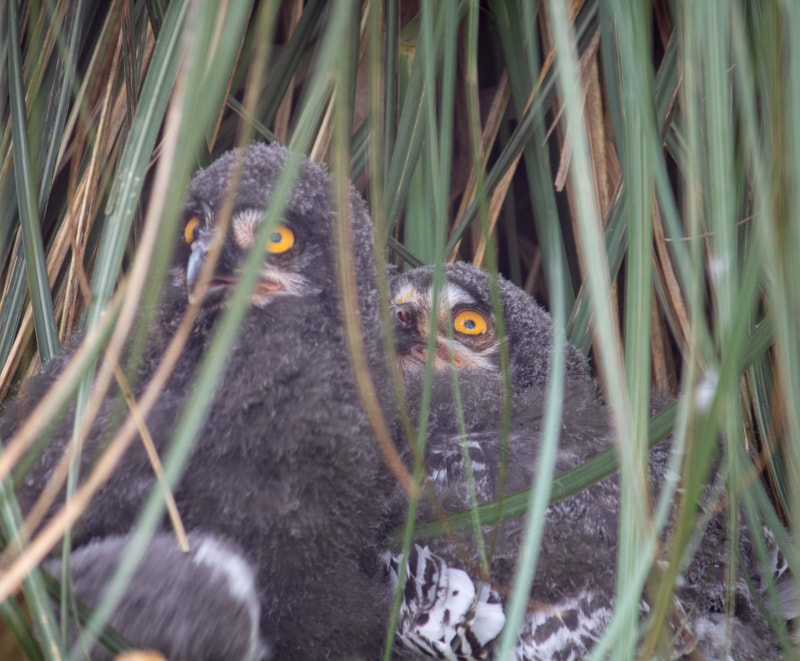|
Flora, fauna and all kinds of wildlife are enjoying benefits of a huge decrease in global carbon emissions and footfall reduction in some of our treasured outdoor spaces. These include the Celtic Routes counties Pembrokeshire, Ceredigion and Carmarthenshire in Wales and Wicklow, Waterford and Wexford in Ireland. Dolphin Spotting off New Quay, Ceredigion Cardigan Bay is famed for bottlenose dolphins and has a population of around 250 attracted by abundant feeding grounds, undisturbed habitat and clean waters. It’s possible to see dolphins year round, but prospects are best in summer when there’s plenty of mackerel in the sea. Improve the odds of seeing them and colonies of seabirds by taking a charter boat trip into Cardigan Bay. Bottlenose dolphins are highly intelligent and extremely sociable and often leap alongside boats riding the bow wave making them fun to observe up close. Pembrokeshire Islands The seven islands, Caldey, Grassholm, Middleholm, Ramsey, Skokholm, Skomer and St Margaret’s are uninhabited now except Caldey, although many are nature reserves with wardens. Skomer, Ramsey and Caldey are the most accessible with daily boat trips from the mainland between Easter and October while the others can be seen up close from a boat. Skomer, Skokholm and Grassholm are grouped together as a Site of Special Scientific Interest because of their puffins, Manx shearwaters, and gannets. Day visits are not currently permitted, but boat trips touring around the islands are operational. Seal Spotting at Cemaes Head, Pembrokeshire Autumn is the best time to spot one of Pembrokeshire’s best-loved mammals, the Atlantic grey seal. Not only is this when the females come ashore to give birth, but there’s a good chance you’ll get to see their adorable white pups too. Pups generally arrive between late August and November, starting life with silky-soft white fur. When this is replaced with a thicker, darker, waterproof adult coat the pup is ready to learn to catch fish for itself. Cemaes Head, North Pembrokeshire, is Wales highest sea-cliff and an important breeding site where many pups are born. The inaccessible pebbly beach below is the spot for the largest Atlantic grey ‘haul-out’ in Pembrokeshire, when up to 200 seals and pups can be ashore at any one time. Ystradffin, Carmarthenshire Persecuted to near extinction in the UK, the Red Kite could at one time only be found in Central Wales. Now there have been Red Kite reintroduction programmes across the UK with one recent sites being in Carmarthenshire. Narrow valleys and high mountains mean the Ystradffin area is one of the best habitats for this magnificent bird of prey. Wexford Wildfowl Reserve, Wexford Wexford Wildfowl Reserve was originally founded as a winter sanctuary for Greenland white-fronted geese. Located on flat farmland reclaimed from the sea in the 1840s, 40% of the world’s population of Greenland white-fronted geese find food and shelter here along with thousands of wildfowl, waders and other birds. Over 250 species of birds have been recorded. *The reserve is not currently open, but check here for updates and information on opening. Whales Breaching at Hook Head, Wexford November marks the beginning of whale watching season off the Hook Peninsula. In 2010 there were reports of Fin whales and a Humpback spotted off the coast at Hook Head and they have made a welcome return every year since. The red balcony at the top of Hook Lighthouse makes an ideal viewing point with binoculars or whale watching boat trips are available. Humpback whales are amongst the largest animals on earth, growing up to 16 metres in length and weighing up to 40 tons. Experts have located a breeding ground for the ‘Irish’ Humpback whales in the Cape Verde islands meaning they travel nearly 5,000km every year through some of the world’s busiest shipping lanes to get to Wexford's rich feeding grounds. Hook Head is also a Special Protected Area for birds with an abundance of geodiversity, vegetated sea cliffs and fossils. Ardmore, Waterford
Ardmore is great for bird watchers who may spot nesting fulmars and kittiwakes at Ram Head; divers and waders, whimbrel, cliff-nesting house martins; migrant warblers and goldcrests. Rarer species include black-throated diver, eider, red-necked phalarope, black redstart, firecrest and crossbill. The Celtic Routes are comprised of 78 visitor experiences across the six counties, giving tourists the opportunity to explore these beautiful and spiritual parts of west Wales and eastern Ireland characterised by unspoilt beaches, rolling countryside and dramatic mountain ranges. Images thanks to © Daisy Gilardini Wildlife & Andrew-Halsall, Boomer Jerritt
1 Comment
|
AuthorI'm Gilly, award winning journalist, travel writer, 13 x author. Credits include: Telegraph, Mail, CNN, Express, BBC mags, Country & Town House, The Scotsman, World of Cruising & countless others Categories
All
|

